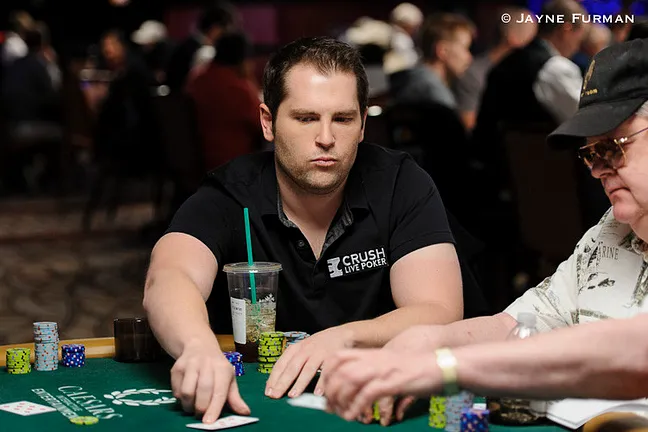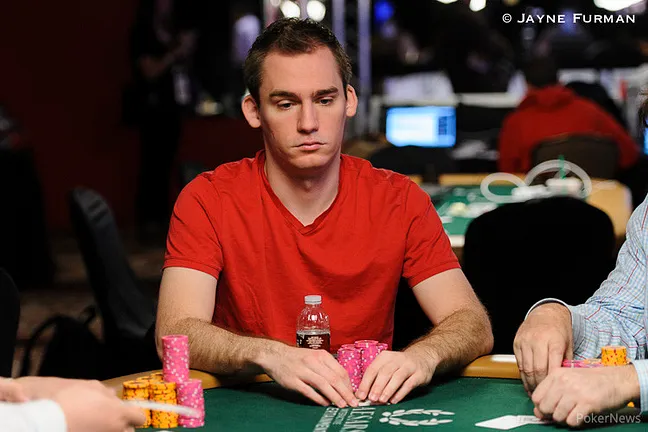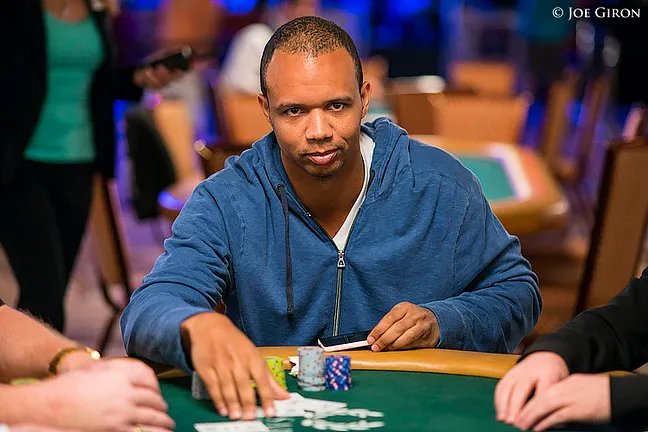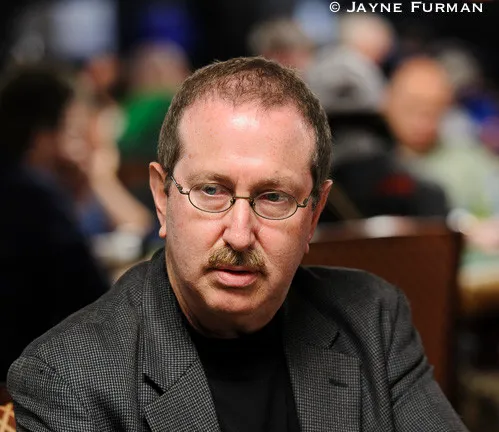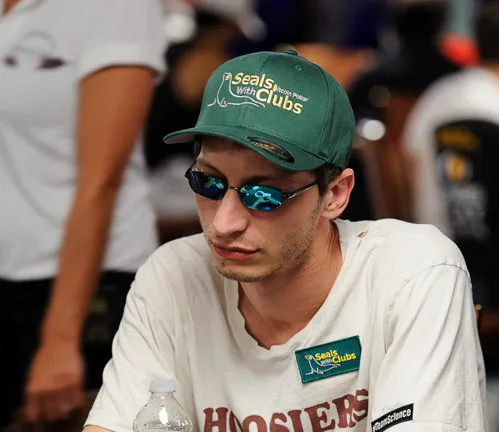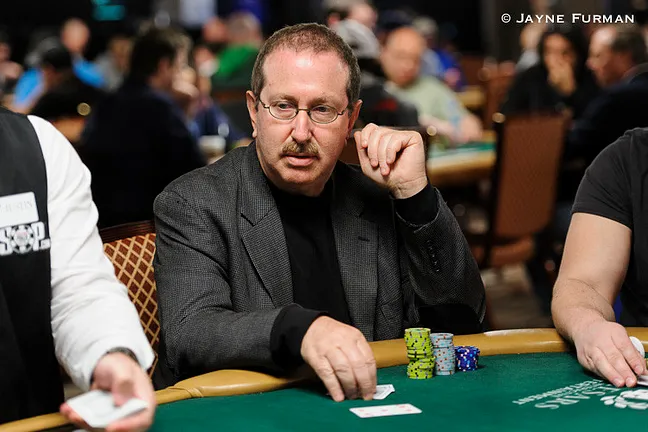Wong, Nichols & Tahmasebi Bag Top Three Stacks as 139 Advance to Day 2

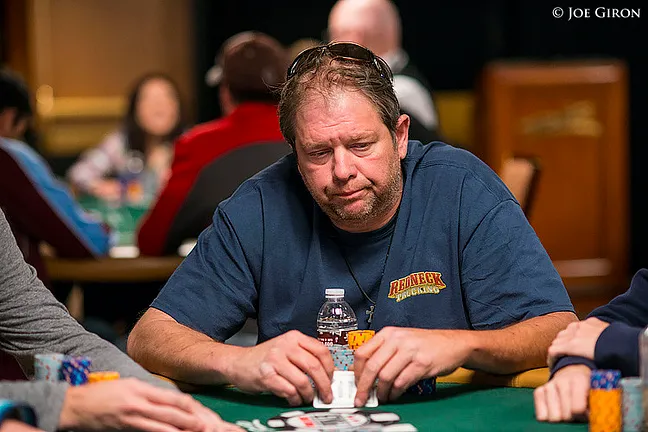
The 2014 World Series of Poker continued Tuesday night with Day 1 action from Event #25 $2,500 Omaha/Seven-Card Stud Hi-Low. The tournament attracted 470 runners, which was up considerably from last year’s 374 entrants. The big turnout created a prize pool of $1,069,250 that will be distributed to the top 40 finishers with $267,327 reserved for the eventual winner.
After ten one-hour levels of play, the field was reduced to 139 with Cameron Tahmasebi and his stack of 65,200 leading the way.
Others who survived the fracas with big stacks include Fu Wong (64,300), Brian Nichols (62,500), James Hoeppner (57,700), and Tom Schneider (57,600), who round out the top five.
Of course not everyone was so lucky. Samuel Touil was the first player to fall, and it happened early in Level 2. According to his table, Touil had been raising every single hand and eventually ran out of chips. That’ll happen.
Others who fell as the day progressed were 2004 WSOP Main Event champ Greg Raymer; three-time bracelet winner Brock Parker; reigning WSOP Player of the Year Daniel Negreanu; 1998 WSOP Main Event champ Scotty Nguyen; ESPN funnyman Norman Chad; 2014 bracelet winners Brandon-Shack Harris, Ted Forrest, and Paul Volpe; and a former winner of the event, Phil Ivey.
Ivey fell in the first hand after coming back from the last break of the night. It happened in the stud hi-low round when Ivey completed while showing the ![]() . Stanislav Parkhomenko from Bulgaria called with the
. Stanislav Parkhomenko from Bulgaria called with the ![]() showing and kept betting until fifth when Ivey got the remainder of his stack in.
showing and kept betting until fifth when Ivey got the remainder of his stack in.
Parkhomenko: ![]()
![]() /
/ ![]()
![]()
![]()
![]() /
/ ![]()
Ivey: ![]()
![]() /
/ ![]()
![]()
![]()
![]() /
/ ![]()
Ivey ended up with a measly pair of sevens, which failed to overcome Parkhomenko’s kings with a low.
While many fell a long list of notables will be returning for a second day of play. Among those to survive the night were John D’Agostino (54,900), Mike Leah (50,100), Michael Moed (46,300), Ashly Butler (40,800), Dutch Boyd (37,400), George Danzer (36,500), Mike Matusow (25,700), and Vanessa Selbst (22,300).
Day 2 action is set to get underway at 2 p.m. local time on Wednesday, and of course we’ll be there to bring you all the action and eliminations through ten more levels of play. While you wait, check out PokerNews’ latest edition of Ivey Stories, a video series dedicated to finding out players’ most interesting experiences with the nine-time bracelet winner.


